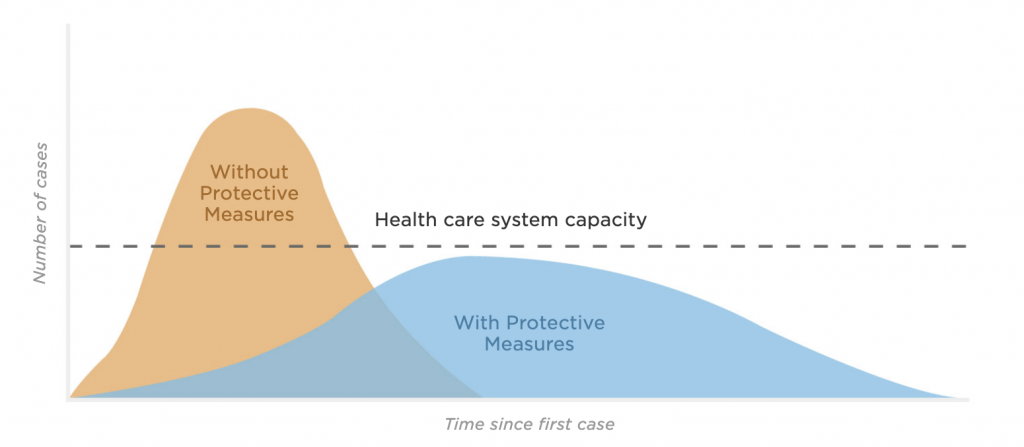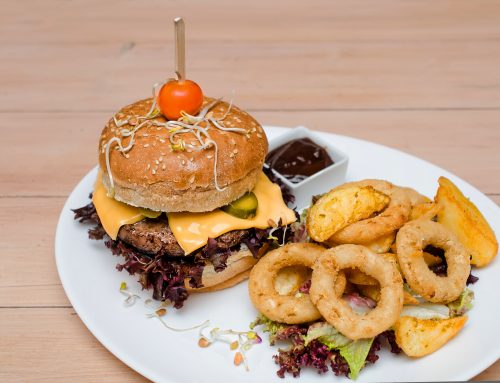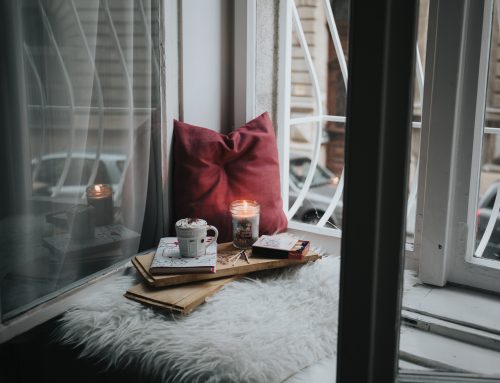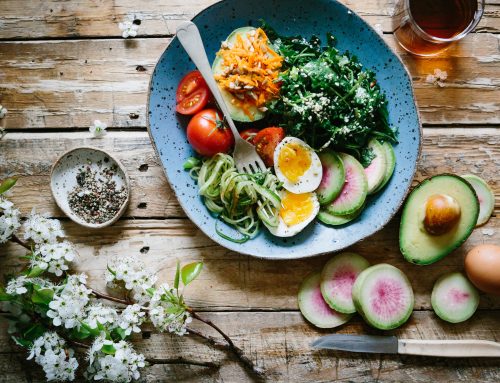
With the vast amount of information available to everyone at all times, it’s hard to know what’s true and what’s been created just to scare or misinform you.
When it comes to contagious illnesses, and especially the current COVID-19 pandemic, one thing we know to be true is that the less socializing we all do in the next few weeks, the better off we’ll all be. It’s called flattening the curve, and here’s how it works.
When COVID-19 was introduced to the U.S., it seemed at first like we might be able to avoid it. Very few cases were reported, and things seemed under control. Then suddenly, that slow drip of cases turned into a steady stream of confirmations across the country. That escalation is known as a curve, and there are steps we can take towards slowing that growth — or to flatten it.
Social distancing is a technique in which we all spend as much time as possible with as few other people as possible. By limiting our contact with the population, we can effectively slow the rate at which people contract the virus and get sick. The point of this isn’t to completely eliminate the virus from the public, but rather to make sure too many people don’t get sick at once and overwhelm hospitals or medical resources.
Social distancing is not the same as a quarantine. You don’t need to sit alone in a room for two weeks straight. You can still go outside, go for walks, and spend time with your family members or in very small group settings. Avoid crowds and large groups, whether that means avoiding the grocery store, not going to bars, or cancelling large events.
When we practice social distancing, and in doing so we flatten the curve, we can protect our neighbors and community members who are most vulnerable to this virus. Pandemics are especially dangerous to people who are already immunocompromised, such as the chronically ill or the elderly. While you might not fear getting sick yourself, social distancing is something we do for the greater good of our communities.





